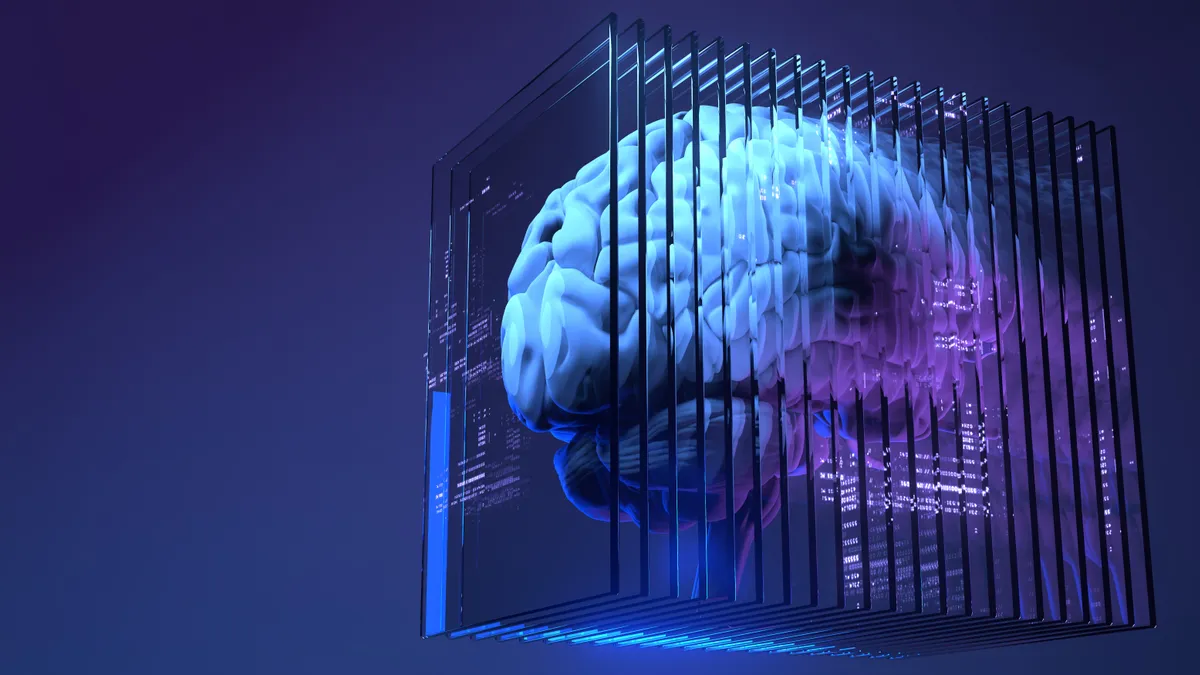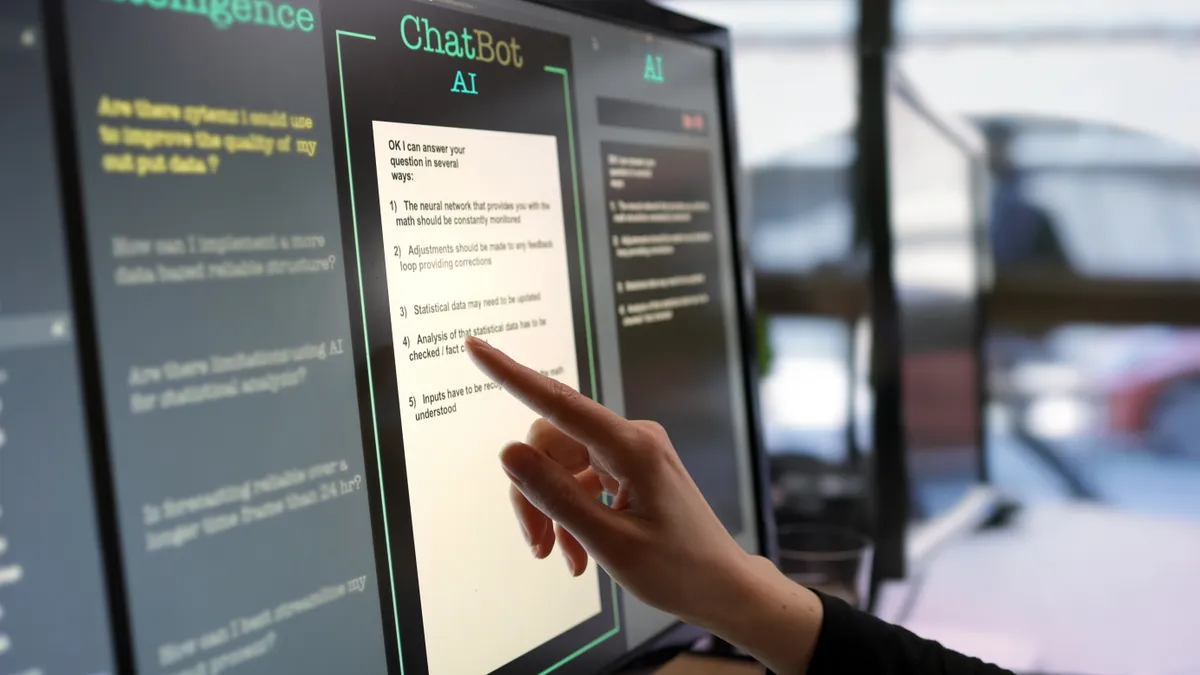One of the first things Arpan Chokshi does after demonstrating how to use artificial intelligence is to create space so educators can share how they’re feeling.
“Some teachers are thrilled and see this as a game changer and a lot are cautiously interested,” Chokshi said. “And some are angry. All of these are okay.”
Chokshi, a social studies teacher at Hinsdale Central High School in Hinsdale, Illinois, runs professional development for educators on AI. He said the potential of AI generates strong emotions in everyone, but he wants teachers to think less of what AI will replace and more about what they as educators are still best at doing.
“What can AI not do?” he asked. “Often these are some of the skills we’ve always taught: collaboration, problem-solving and empathy.”
ChatGPT launched on Nov. 30, 2022, and had 1 million users within a week. Instagram took three months to get to a million users, and Netflix hit 1 million subscribers in 2001 — 3 1/2 years after it launched.
Many educators are taking the meteoric rise of ChatGPT and other AI tools as a sign they need to work on how to adopt AI for educational use rather than fight it.
Here are four ways AI is being configured for the classroom, planning to do so in the coming school year, or supporting other educators in ways they can use the tool with students now.
Teaching educators how to use AI
At the University of Sydney in Australia, Danny Liu, an associate professor of educational innovation, is working with his peers to help them think about how to write prompts for AI. Unlike search engines, AI operates more as a programmable computer, able to return results far more robust than answering simple questions.
ChatGPT opened the door to AI for the general public, allowing queries to be written in natural language — i.e., the way we speak. But there are specialized ways to prompt AI to yield the materials educators may want for their classes. And Liu said helping educators learn how to ask AI questions well may prevent them from growing frustrated with the technology and showing it the door.
“We warn people if they write a vague prompt, and get a vague response, it’s not the AI’s fault, it’s the person using it,” Liu said. “They don’t know how to use it effectively, and the danger is they may dismiss it.”
School systems are already blocking ChatGPT from their networks around the world, including in Australia, Liu said. But blocking technology from schools has not been the most effective strategy in the past. Smartphones, once not allowed in classrooms, have been adopted into curricula in some instances — and students are practically required to have access to the internet to access and turn in school work.
Liu understands that some educators have concerns about students using AI to cheat. “It’s important to think about academic integrity,” he said. “But I hope that it’s short-lived.”
Using ChatGPT for in-class projects
In California’s San Marino Unified School District, high school social studies teacher Peter Paccone saidhis district didn’t ban ChatGPT — it gave teachers “the green light.” So Paccone, who teaches at San Marino High School has already used generative AI to create tests, develop writing prompts, and build end-of-unit study guides which he plans to hand to students at the beginning of class.
“I’ll ask them to look at the compendium and see if anything differs from what I presented,” he said.
While Paccone said some teachers will say a study guide like this could turn students into lazy thinkers, he sees AI as a way to help classes engage more deeply with what they’re learning.
If he assigns a paper on the music U.S. Merchant Marines listened to while stationed on Catalina Island during World War II, he knows AI could write up the assignment. But after students turn in their work, he could ask follow-ups in class, having students use their computers to find the top five movies in the years leading up to, during and after the war in order to compare and contrast the movie themes to the music as an in-class project.
“Even if they plugged that into ChatGPT, they still have to think about it,” he said.
Working with AI — not against it
At John F. Kennedy High School in Granada Hills, California, history teacher Scott Petri is already thinking about how he’ll stay ahead of AI with his students.
He starts classes by having students “pound out” 10 sentences in 10 minutes to 10 prompts, he said. In this way, he gets a sense of their writing style. If a student submits something that reads a bit differently than their usual colloquial phrasing, he’ll probably have a sense that AI is involved.
At Maine West High School in Des Plaines, Illinois, Dan Fouts is already using AI with his government classes, having it write short explanations based on his Google Slide presentations. After correcting for errors, Fouts uses the response to create fill-in-the-blank exercises for students, which he hands out after lectures to see what they gleaned, and to shed insight into what he expects them to remember.
Avoiding a digital divide
Both Liu and Chokshi see the use of AI as an equity issue. Chokshi said students who don’t know how to use these tools or are prevented from using them at schools will be at a disadvantage to those who do. Just as the digital divide formed between pupils who had access to computers and home internet and those who did not, the ability to navigate AI for learning and work will be critical and could form another layer of that divide.
That means there will be students who know how to use the tools, who can access generative AI because they have devices that can log on or the financial means to pay for advanced versions, and there will be students who don’t have access and won’t have the same expertise.
That’s one reason Liu is actively encouraging students and teachers who already know how to use AI to work with those who do not, in order “to make sure the knowledge of this AI is democratized,” he said. “That is important.”




















